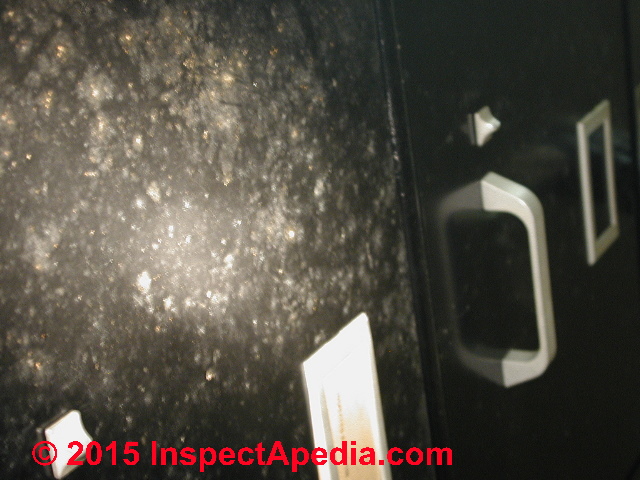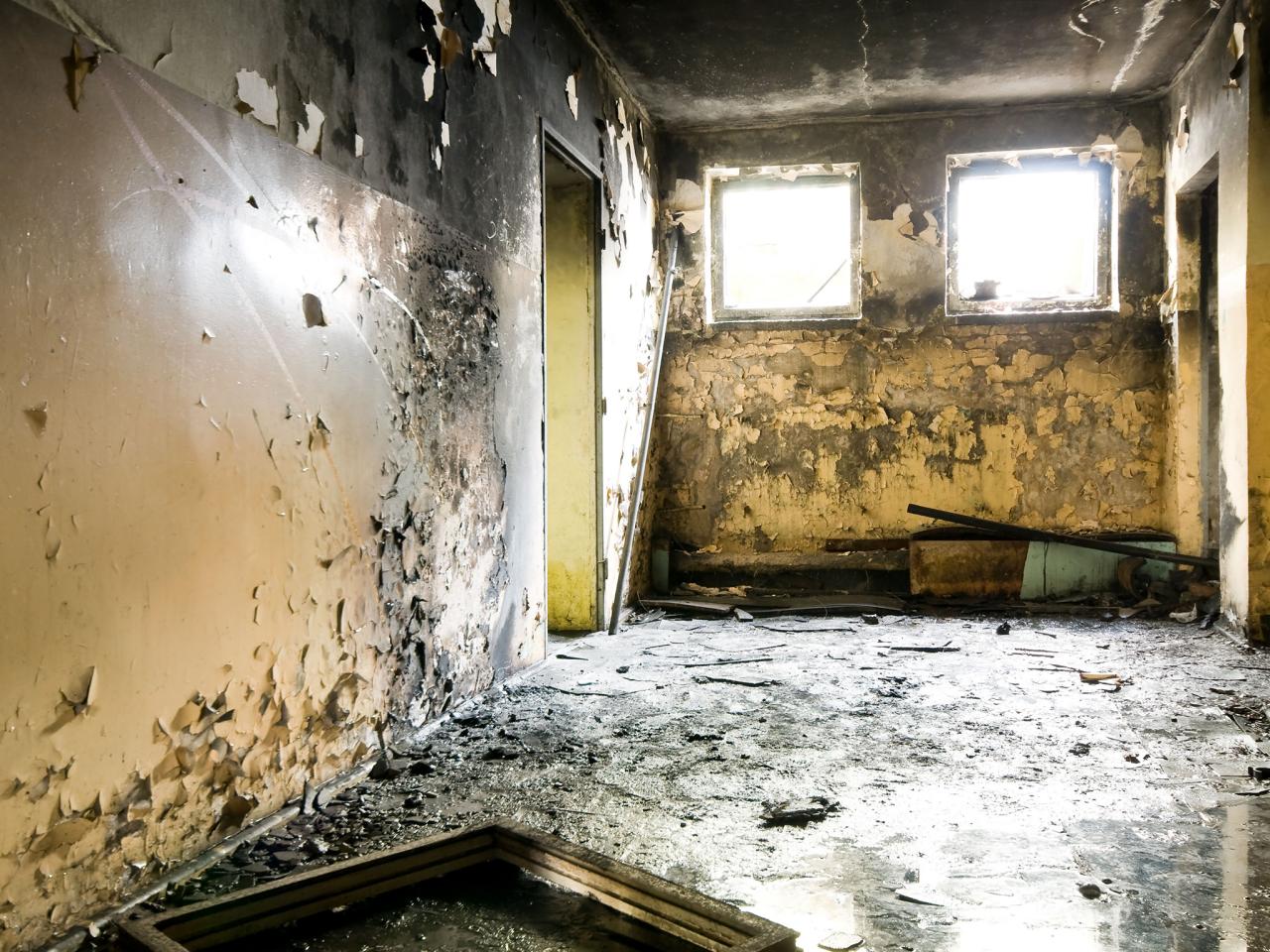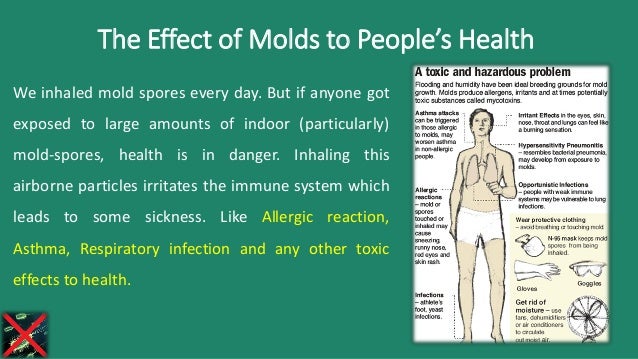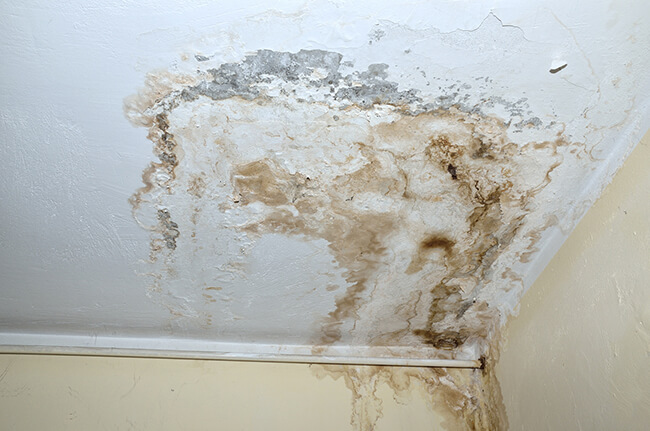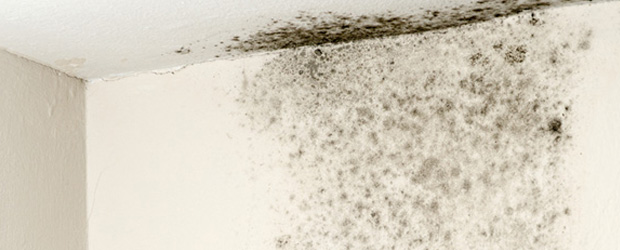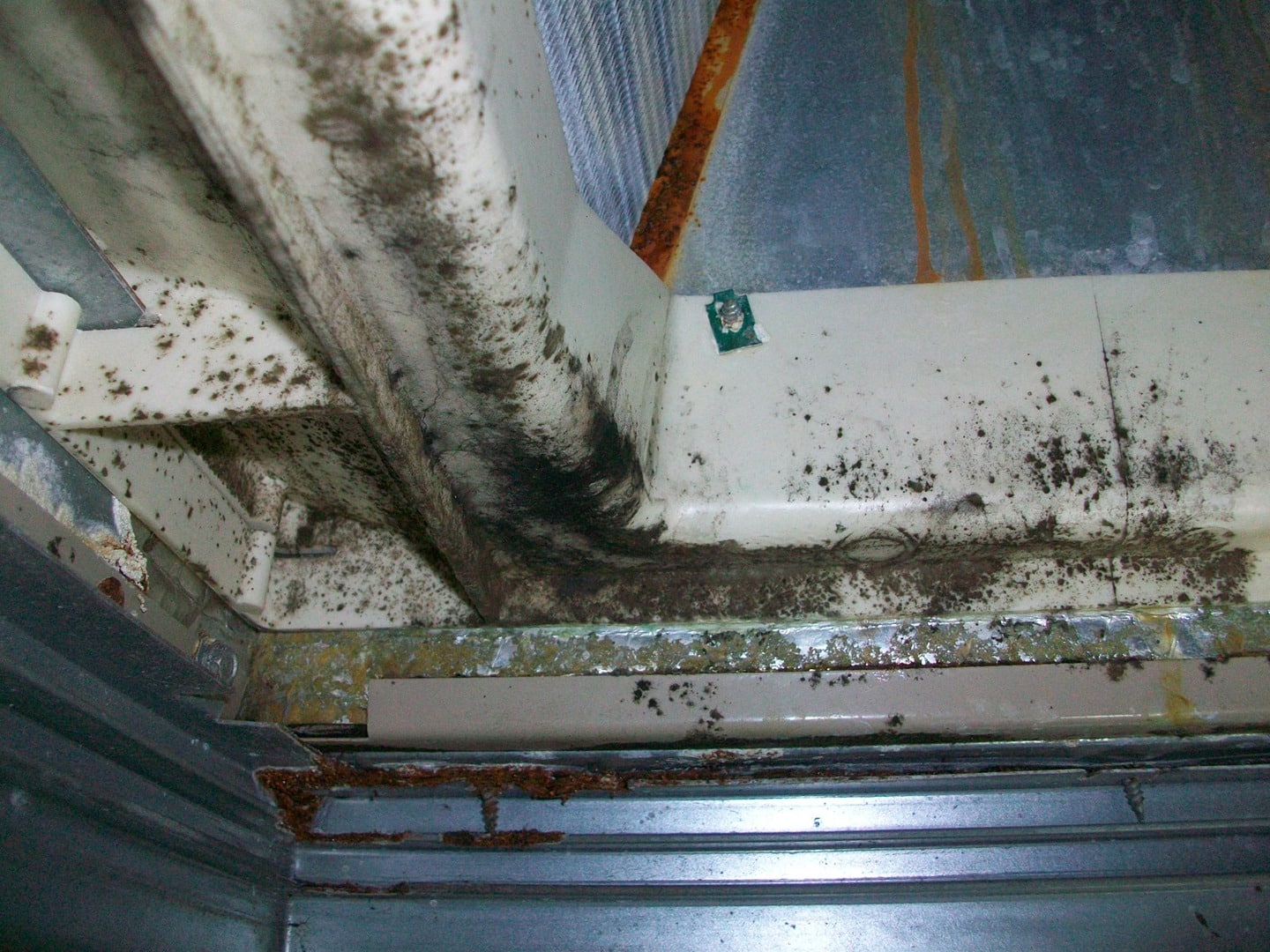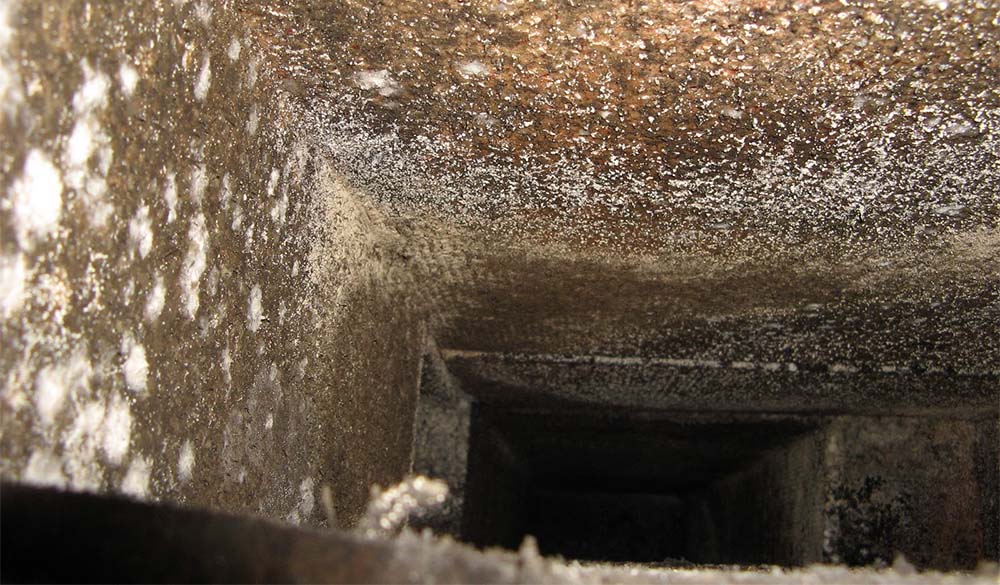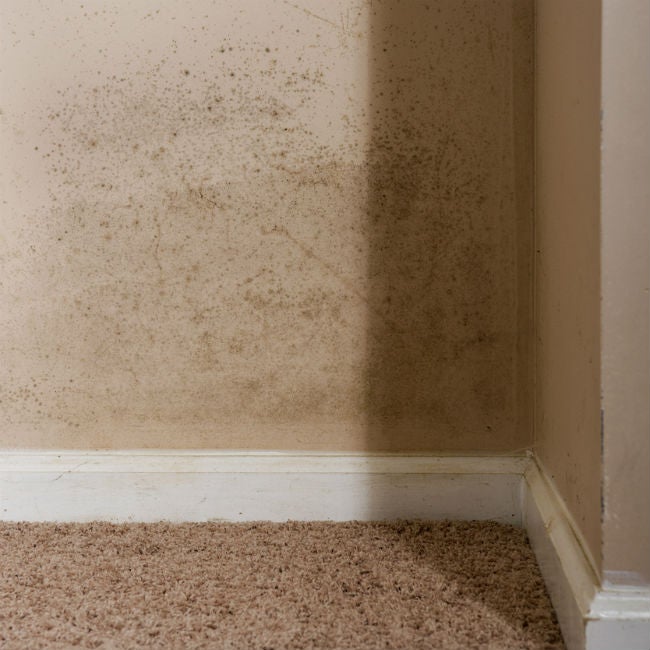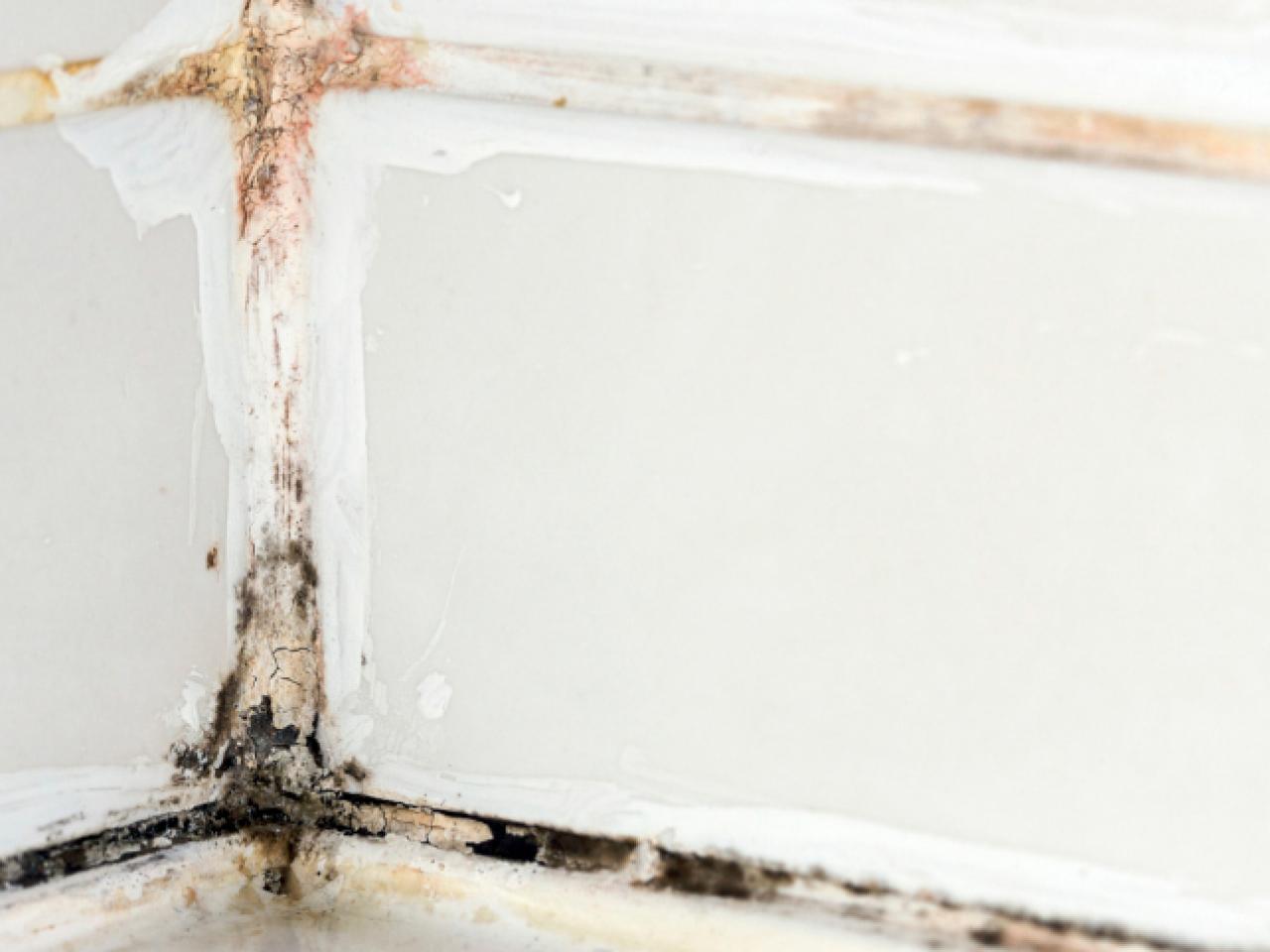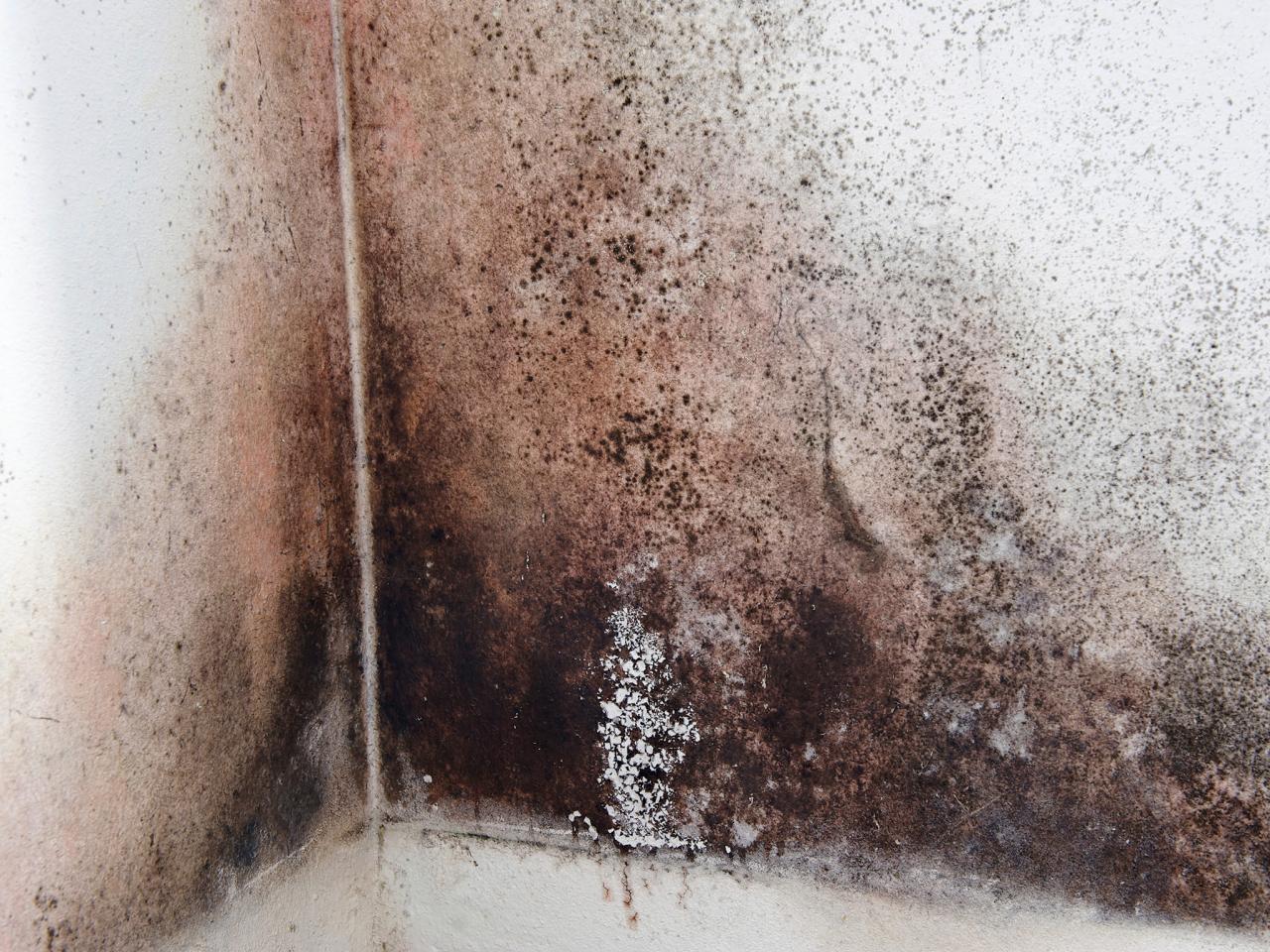It should be damp and not wet. Instructions for Cleaning Moldy Mildewy Shoes.
:max_bytes(150000):strip_icc()/how-to-remove-mildew-from-leather-2147182-FINAL-5b5719bdc9e77c0037e7f284-bd486d08a90c4ea0b0b10fcfc4daff72.png) How To Clean Moldy Leather Clothes And Shoes
How To Clean Moldy Leather Clothes And Shoes
Allow the mixture to soak in for 3 minutes then wipe the cleaner and mold off of the shoes with a soft cloth using a small circular motion.
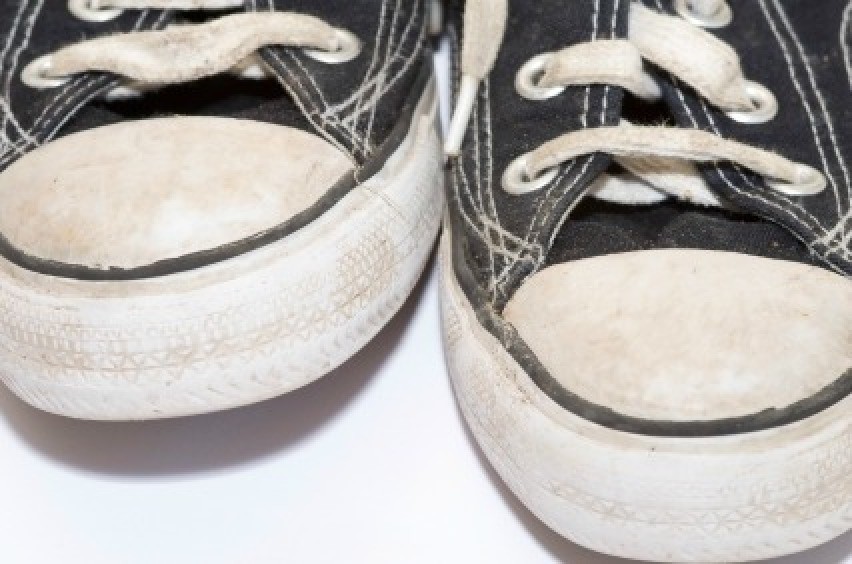
How to get mold off shoes. Using the damp cloth wipe the leather bag affected with mold thoroughly to clean the leather surface. Pour half a cup of white vinegar and half a cup of water into your bucket. You can use any standard brush to do this.
Next use the brush attachment and vacuum the inside of. Next vacuum the leather and dispose of the contents quickly. Spray the alcohol and water mixture over the moldy leather surface until the surface is visibly wet.
Other efforts may damage the shoes. Make sure to wipe off all areas of the bag. Use a vacuum cleaner with a hose.
How to Remove Mold From Suede. A simple way to remove mold from items with leather finish involves a clean nylon brush a vacuum some soap and alcohol. Dip the soft cloth into the mixture and gently wipe over the affected areas.
I hope this helps enjoy. Vinegar is effective against most types 80 of mold. Combine one part water and one part rubbing alcohol in a bowl.
Inspect the shoes carefully when youre finished to ensure that you did remove all of the mildew. Wipe the surface of leather shoes with the rubbing alcohol solution and allow them to air-dry outdoors or near an open window. Moisten a soft cloth with the mixture and use it to wipe the surface of the shoes where the mold was located.
Use a nylon brush to remove the superficial mold growth from the shoe. In this video Ill be showing you how to clean mold off shoes and what to do to prevent mold from growing onto your shoes. Step 2 Treat leather shoes as quickly as possible for mold and mildew.
For other shoes create. Having a discussion about preventing mold on shoessneakers. If your shoes are made of suede or nubuck this is the only step that you can safely take to remove the mold.
Start by removing any loose mold from the surface using the soft brush. Use the firm bristled brush to dust away all the visible mold and mildew from the shoe. Place a towel or cloth on the other side of the fabric of the garment to be treated to provide support for the garment and.
Pour one-half to one cup of either rubbing or denatured alcohol into a bucket or bowl. If the mold and mildew return a stronger cleaning method will be needed. Do not do what I did in that prev.
First use the nosel attachment and vacuum the insides of both boots. Brush away all of the visible mildew from the shoes. Dip the cotton cloth on the vinegar and water solution and squeeze off excess liquid.
Mix one part vinegar with one part water. If possible do this outside so you arent spreading mildew spores around your home. Like -subscribe -comment -share and hit that notification buttonfor.
